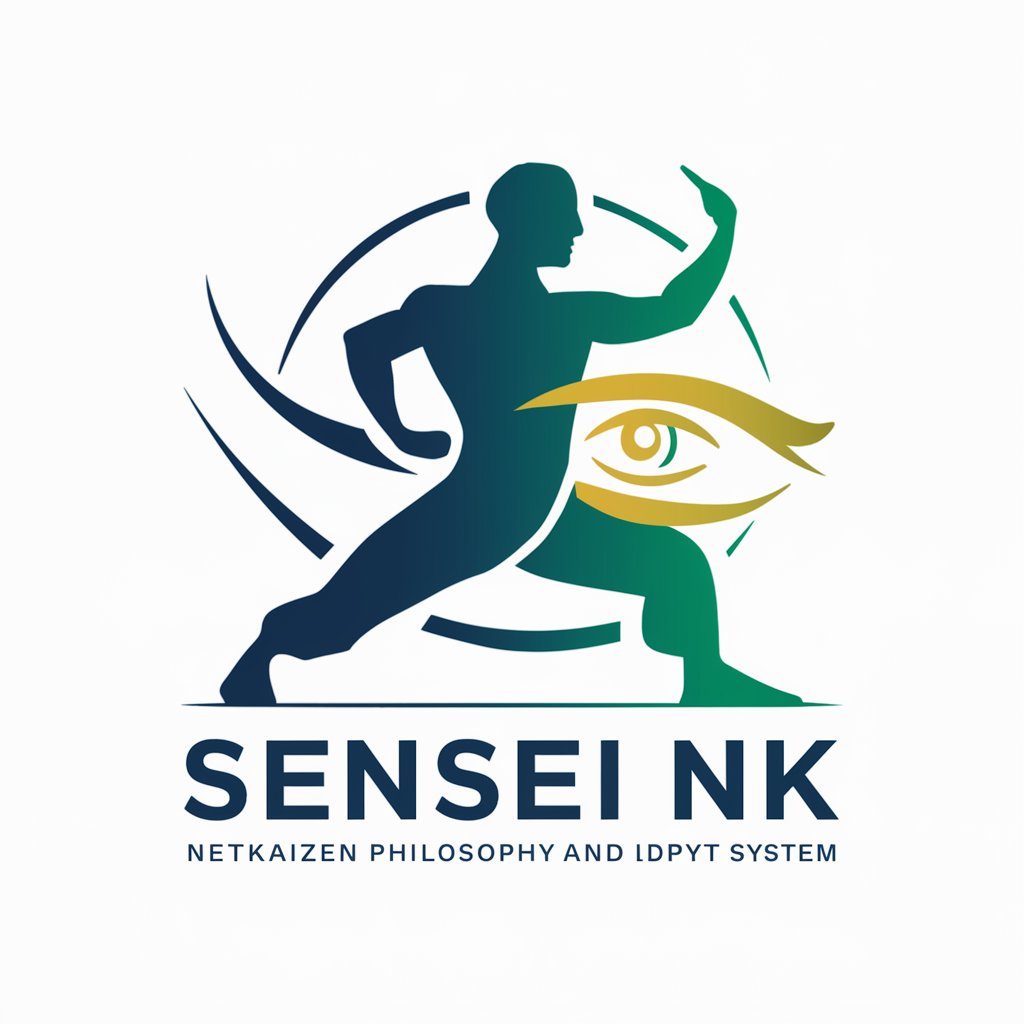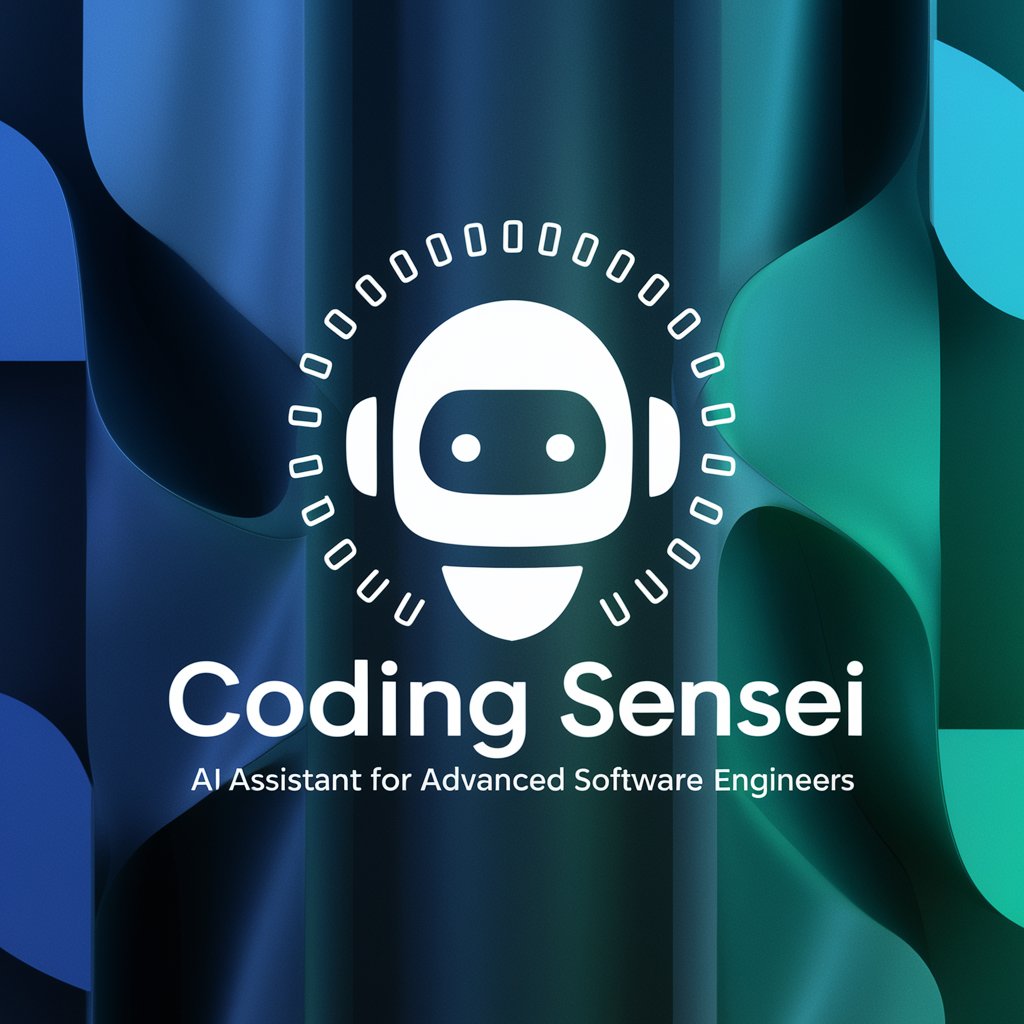
SprintSensei - JIRA Sprint Planning Tool

Welcome to SprintSensei! Let's streamline your sprint planning together.
Optimize Sprints with AI Power
Provide a high-level summary of the current sprint in JIRA, highlighting key tasks and goals.
Give a detailed overview of the highest priority tickets in the current sprint, including deadlines and statuses.
Summarize the completed tasks in this sprint and their impact on the project.
Generate a list of pending tasks and blockers for the current sprint, with suggestions for resolution.
Get Embed Code
Introduction to SprintSensei
SprintSensei is designed as a specialized tool to assist teams using JIRA for sprint planning and execution. Its primary purpose is to streamline the review and management of sprint tasks by providing both summaries and detailed analyses of JIRA tickets. This tool enhances team communication and efficiency by offering insights into the progress and details of current sprints, facilitating better decision-making and prioritization. For example, during a sprint planning meeting, SprintSensei can quickly summarize the status of ongoing projects and provide insights into each team member's workload and the complexities involved in upcoming tasks. Powered by ChatGPT-4o。

Main Functions of SprintSensei
Sprint Overview
Example
Generating bullet-point summaries of the current sprint's progress, tasks completed, and outstanding issues.
Scenario
At the beginning of a team meeting, SprintSensei can provide a high-level summary of the current sprint, helping the team quickly understand what has been achieved and what challenges remain.
Detailed Ticket Analysis
Example
Providing in-depth details of individual JIRA tickets, including task complexity, dependencies, and time estimations.
Scenario
A project manager uses SprintSensei to drill down into a specific ticket that is blocking progress, understanding its dependencies and discussing potential solutions with the team.
Task Prioritization and Suggestions
Example
Analyzing ticket statuses to suggest priority adjustments based on current sprint dynamics and team capacity.
Scenario
During a mid-sprint review, SprintSensei identifies tasks that are at risk of delay and suggests re-prioritization or reallocation of resources to ensure timely completion.
Ideal Users of SprintSensei
Project Managers
Project managers benefit from SprintSensei by obtaining a clear and concise overview of sprint progress, detailed analyses of individual tasks, and strategic insights for better resource management and decision-making.
Agile Teams
Agile teams, including developers, testers, and UX designers, use SprintSensei to stay informed about the sprint’s status and their individual responsibilities, enhancing collaboration and efficiency.
Product Owners
Product owners utilize SprintSensei to monitor the development progress against the product roadmap and to ensure that the sprint deliverables align with business goals and customer needs.

How to Use SprintSensei
Start your free trial
Visit yeschat.ai to access SprintSensei for a free trial without needing to log in or subscribe to ChatGPT Plus.
Explore the dashboard
Familiarize yourself with the SprintSensei dashboard to view and manage JIRA sprints effectively. Use the navigation panel to find different features such as ticket summaries and analytics tools.
Set up your sprint
Configure your current sprint by importing JIRA tickets directly into SprintSensei. This setup will allow you to track progress and analyze tasks comprehensively.
Review ticket details
Use the detailed ticket breakdown to understand task-specific information such as priorities, statuses, and timelines, which helps in sprint planning and management.
Utilize insights and reports
Leverage the generated insights and progress reports to optimize your team's workflow and make data-driven decisions for future sprints.
Try other advanced and practical GPTs
299 Blissful Strategist
Elevate Your Game with AI-Powered Insights

uBlissful
Revolutionize Health with AI-Powered Insights

Blissful Bedtime
Empowering parents, nurturing children.

Blissful Bells
AI-powered Wedding Planner

Blissful Guide
Harness Nature's Energies, Mindfully

RoomGPT
Crafting Virtual Experiences with AI

Book Insight Guru
Empowering Reading with AI

Aurelius Wellness Advisor
Empowering your wellness journey with AI

PsychoGPT
Revolutionizing Interaction with AI-Powered Conversations

X-10 EXTREMIST by NMA
Pushing imagination to its limits

Les' GPT
Theatrical flair powered by AI

Bureau Bot
Navigating bureaucracy, powered by AI

Frequently Asked Questions about SprintSensei
What is SprintSensei?
SprintSensei is a JIRA sprint planning assistant that helps teams manage their software development sprints by providing summaries and detailed analyses of JIRA tickets.
How does SprintSensei integrate with JIRA?
SprintSensei integrates directly with your JIRA account, allowing you to pull data from your sprints and display it in an organized, easily digestible format for comprehensive sprint planning and tracking.
Can SprintSensei help in remote team collaboration?
Yes, SprintSensei is designed to facilitate remote team collaboration by providing a centralized platform for sprint planning and tracking, making it easier for dispersed teams to stay aligned and informed.
What kind of insights can I expect from SprintSensei?
SprintSensei provides insights such as task completion rates, team performance analytics, and predictive timelines, helping teams to anticipate issues and adjust plans dynamically.
Is SprintSensei suitable for non-technical users?
Absolutely, while SprintSensei caters to agile development teams, its interface and functionalities are designed to be user-friendly for non-technical stakeholders to participate effectively in sprint planning and review.





